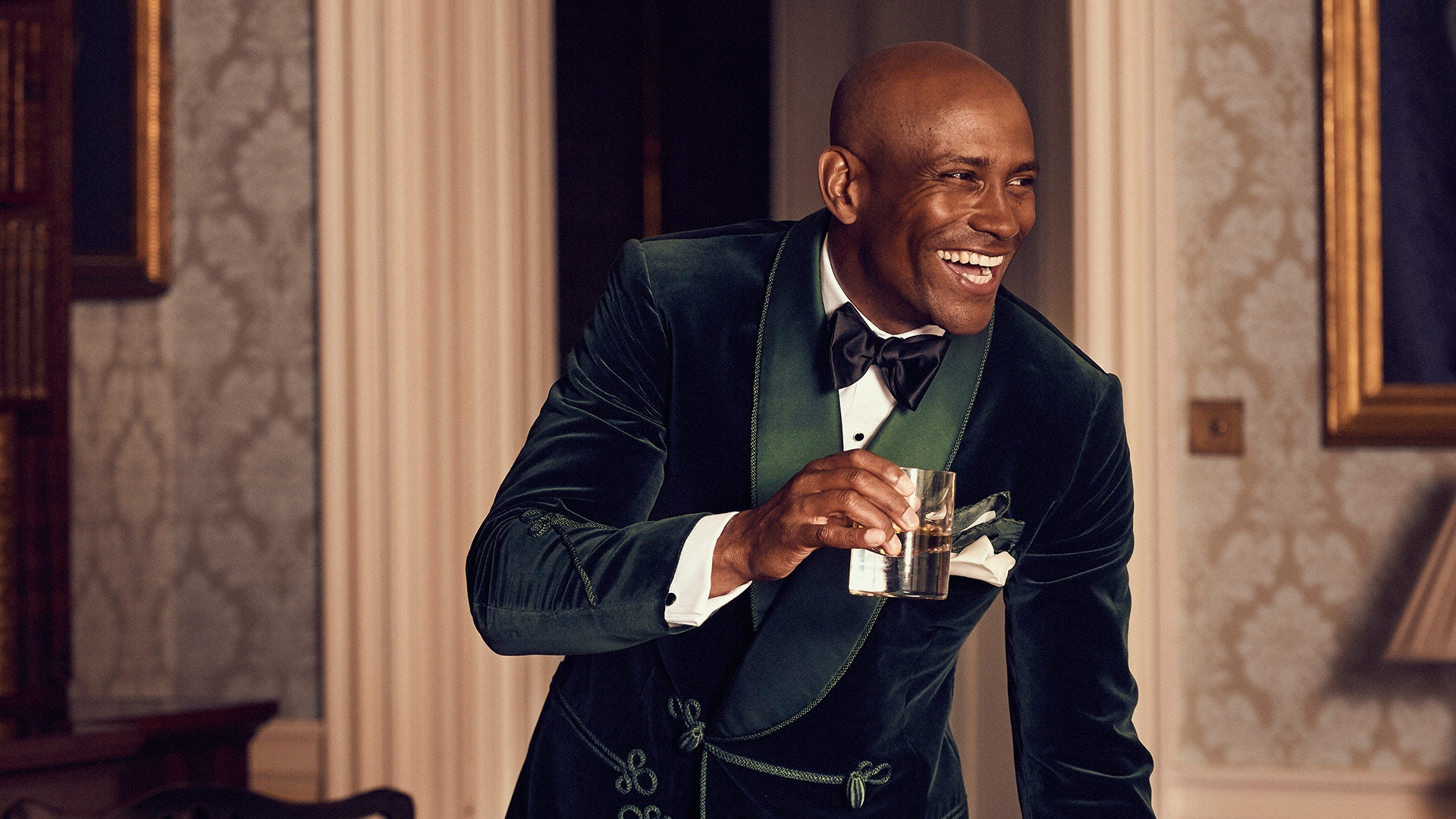How to fix it: The magic of tailors and alterationists
Celebrating the art of tailoring, this guide explores the transformative skill of expert tailors and their ability to perfect garment fit, while also acknowledging the limits of what can and cannot be altered, guiding wise choices before purchasing.

A great tailor or alterationist can work wonders when it comes to tuning in the fit of your jacket or trousers, but even someone who seems like a magician with a needle and thread can't perform actual magic and make a two-sizes-too-big jacket look like it was made for you.
This guide is crafted to illuminate the boundaries and possibilities of tailoring, helping you understand what can be artfully altered and what is best left as is. Before you purchase a piece with the thought, “A tailor can fix it,” let this guide be your beacon, navigating you through what is realistically transformable and what alterations should be approached with caution.


The mastery behind suit alterations: A connoisseur’s perspective
The foundation of all garment alterations lies in the manipulation of seams. Two key techniques are employed: taking-in, which narrows the garment by sewing the seam deeper into the fabric, and letting-out, which enlarges it by extending the seam towards the fabric's edge. This process requires a delicate balance, as altering the seam impacts the garment's overall proportions. For instance, adjusting the shoulders or chest often involves complex steps like detaching and reshaping sleeves and lining, a task that demands high-level tailoring skills.


Understanding the limits of alteration: Shoulders and structure
Shoulder adjustments are among the most challenging alterations. The shoulders set the structural tone of a jacket, dictating its overall balance and fit. Making them larger or smaller involves extensive work, including the disassembly of critical parts of the jacket, like the sleeves and lining. Given the complexity and cost, it’s advisable to prioritize a good shoulder fit when purchasing a new jacket.






Sleeve adjustments: precision in length and width
Sleeve alterations are relatively more straightforward. Lengthening and shortening are common requests, with shortening being simpler. Lengthening depends on the additional fabric available and is limited by design elements like cuff buttonholes. Sleeves can also be slimmed down, but making them wider is often restricted by the limited extra fabric in most designs. The careful adjustment of sleeves can dramatically enhance the fit and look of a jacket.




Jacket length: The tricky balance
The length of a jacket is a delicate matter. While shortening a jacket is doable within a certain limit (usually one to two inches), lengthening it is a different story. Adding length can disrupt the garment's proportions and styling, often leading to an unflattering outcome. This alteration must be executed with precision to maintain the harmony between various elements, like pocket placement and button closure, ensuring the jacket retains its intended style and proportions.




Chest and waist alterations: Achieving the perfect fit
Altering the chest and waist areas of a jacket can significantly transform its fit. Jackets typically allow for some adjustments to be let out or taken in, though this is bound by the construction and fabric availability. Small adjustments, like moving the front button, can also provide a better fit around the midsection. These alterations, when done correctly, can make an off-the-rack jacket feel custom-made.




Pants alterations: Flexible and forgiving
Pants are generally more forgiving when it comes to alterations. The waist and seat of suit pants can be adjusted, usually with a two-inch allowance. The length of pants can be shortened to your preference, and cuffs can be added or adjusted for a custom look.




Deciphering tailor chalk markings: A guide to precision
Tailors use chalk markings to indicate where and how much to alter a garment. These markings guide the alteration process, ensuring precision in the final outcome. Understanding these symbols can help you communicate more effectively with your tailor and better understand the alterations process.


Tailoring is both an art and a science, blending technical skill with creative vision. While tailors can achieve remarkable transformations, understanding the limitations and possibilities of garment alteration is key to making informed decisions. This guide not only empowers you in your garment choices but also underscores the value of expert tailoring in achieving timeless style and elegance.


